Photographer Nina Berman had just started focusing on climate and environmental issues when she read an article about fracking and its connection to the possible contamination of New York City’s drinking water. Berman resides in New York and knew very little about how the controversial process of drilling for natural gas via hydraulic fracturing worked and decided to head to Pennsylvania for Gov. Thomas Corbett’s inauguration in 2011.
“I knew there would be demonstrators (opposed to his support of natural gas drilling), and I wanted to learn what they were screaming about,” Berman said. After researching the issues, she then had to figure out how to document them in a visual way.
“It’s a very hard subject to photograph,” Berman explained. “You see a drill, and you don’t know what that means, and then it disappears. What does that mean? It took me a while to figure out how to approach it.”
To do that, she spent time in part of Pennsylvania’s Marcellus Shale region, a hotbed of fracking controversy, producing a series titled “Fractured: The Shale Play.” Berman began calling activists, hoping to get a sense of the communities and knowing the people who feel they have been violated are those “interested in having their story told.”

Nina Berman/NOOR
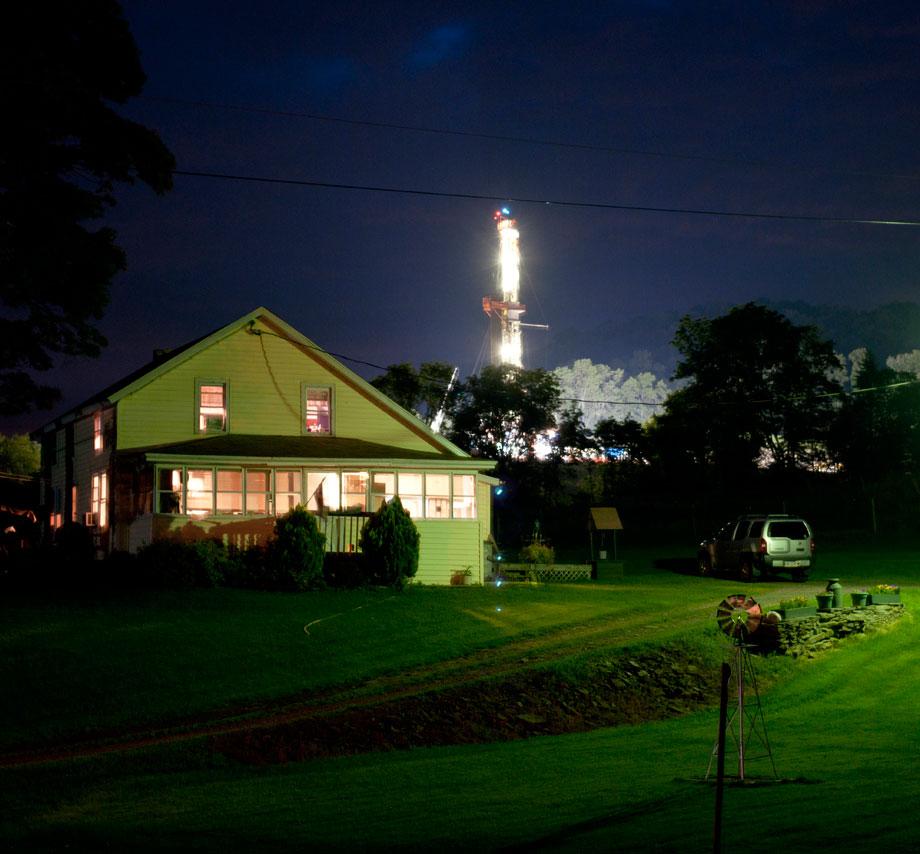
Nina Berman/NOOR

Nina Berman/NOOR
“What struck me very personally as an outsider was how any kind of industrial activity feels like an enormous intrusion, almost like a creature from outer space; these drills at night are almost supernatural,” Berman said. “I looked for points where the industrial activity impacted these quiet rural landscapes, and I found at night was when things came alive, so I combined those pictures with more conventional documentary [style of ]subject-driven photography about people who were having serious health impacts.”
Fracking’s health impact, specifically its impact on water, is one of many controversies surrounding the process of drilling into rock in order to release gas. While some argue it is an alternative to dependence on oil, the methods of drilling involving water, sand, and chemicals to break up the rock has also been argued as the culprit for contaminated water.
“Those of us who are used to clean water have no concept of what that feels like when your water coming from your well on your land is destroyed and you can’t do anything about it,” Berman said.
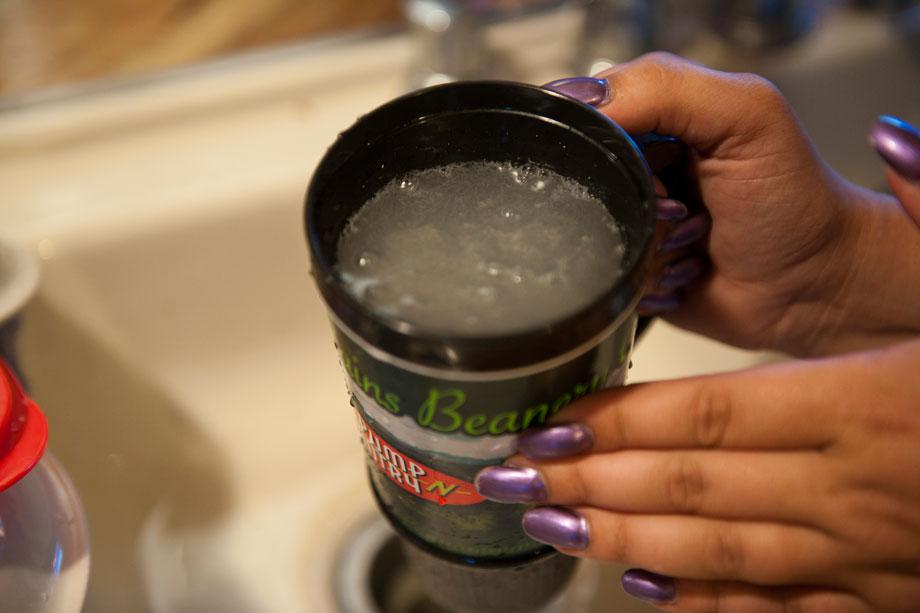
Nina Berman/NOOR
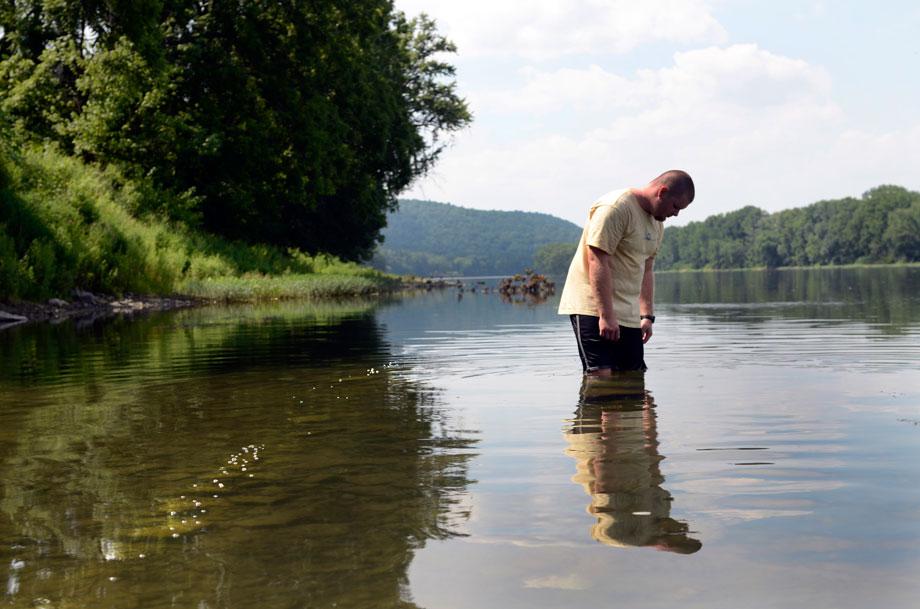
Nina Berman/NOOR
Part of the way Berman is sharing her experience is through the “Marcellus Shale Documentary Project.” Started in November 2011, Berman and five other photographers documented how communities in the Pennsylvania Marcellus Shale region have been affected by natural gas drilling.
With a nod to the Farm Security Administration’s program assigning photographers to document communities during the Great Depression or the Documerica project during the 1970s that looked at how environmental concerns were impacting Americans, the “Marcellus Shale Documentary Project” focused on the impact of fracking on the lives of Pennsylvanians. The exhibition is currently on view at the Center for Photography at Woodstock in New York through Aug. 18.
Berman said for now she has done as much as possible in Pennsylvania but would be interested in documenting areas around the country that have also been affected by fracking. Until then, she has been exhibiting and touring with the “Marcellus Shale Documentary Project” and feels the impact has been positive.
“That is how I like to work in many ways, to be a part of bigger things,” she said.
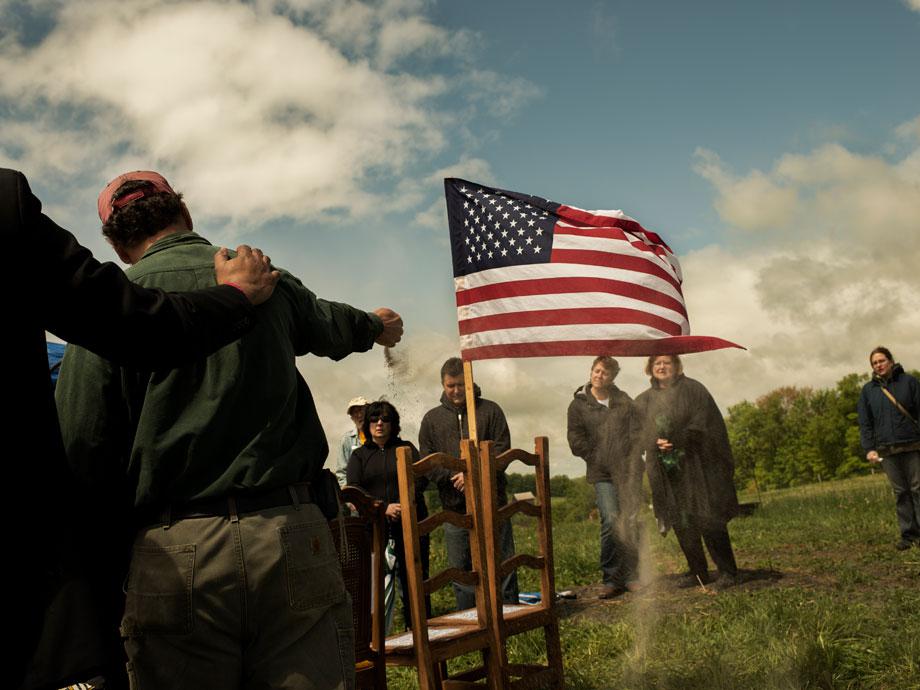
Nina Berman/NOOR
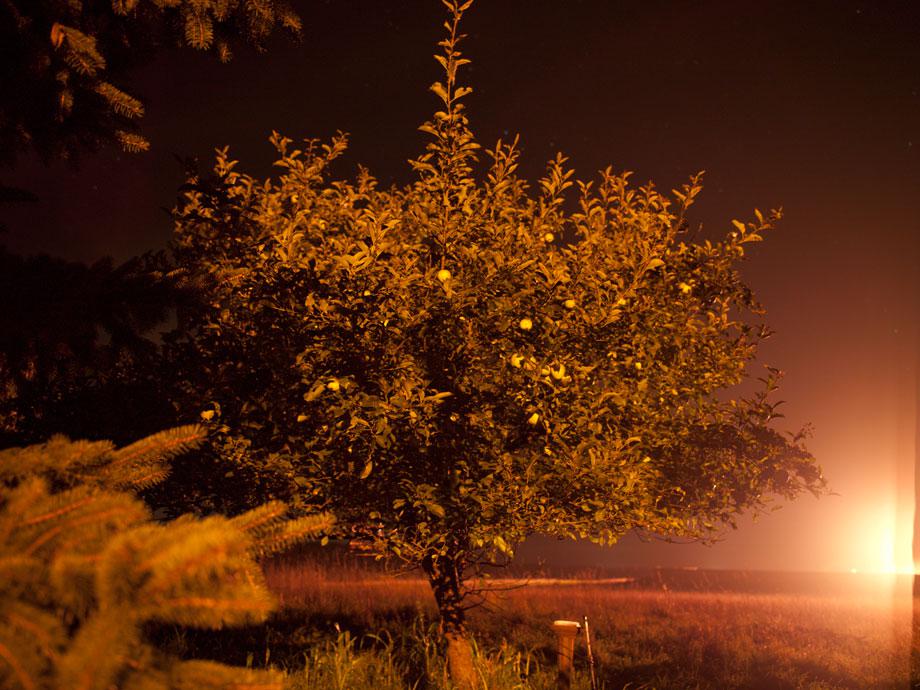
Nina Berman/NOOR
